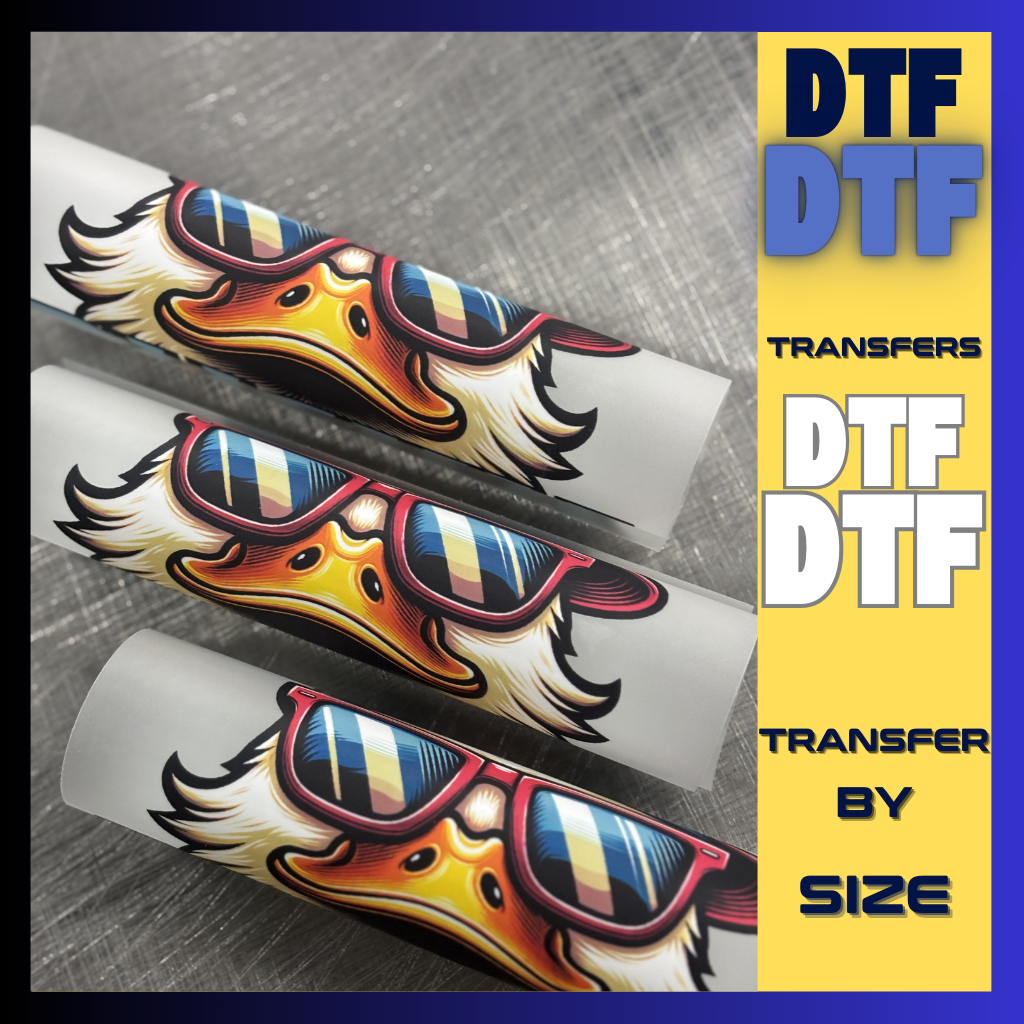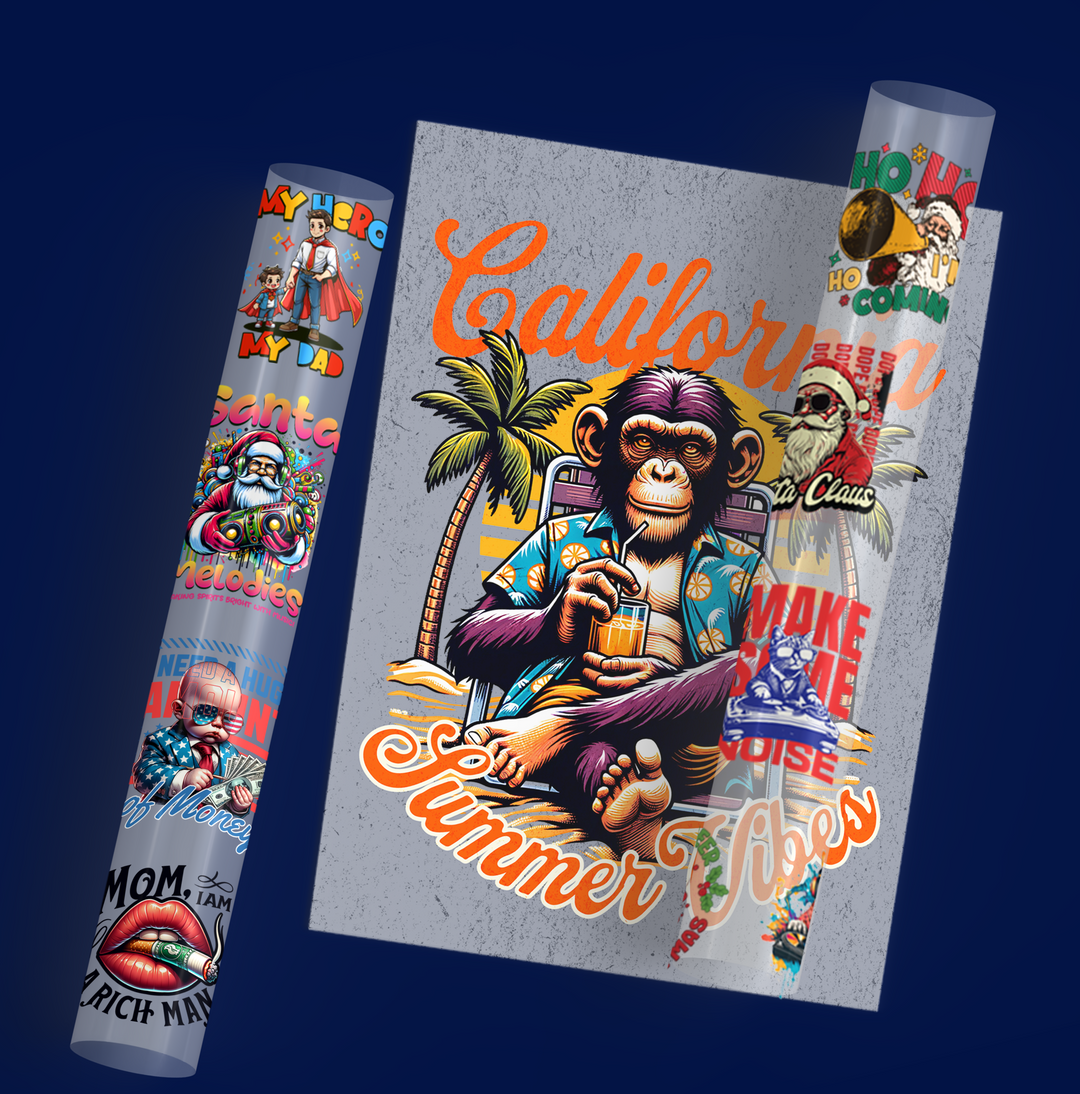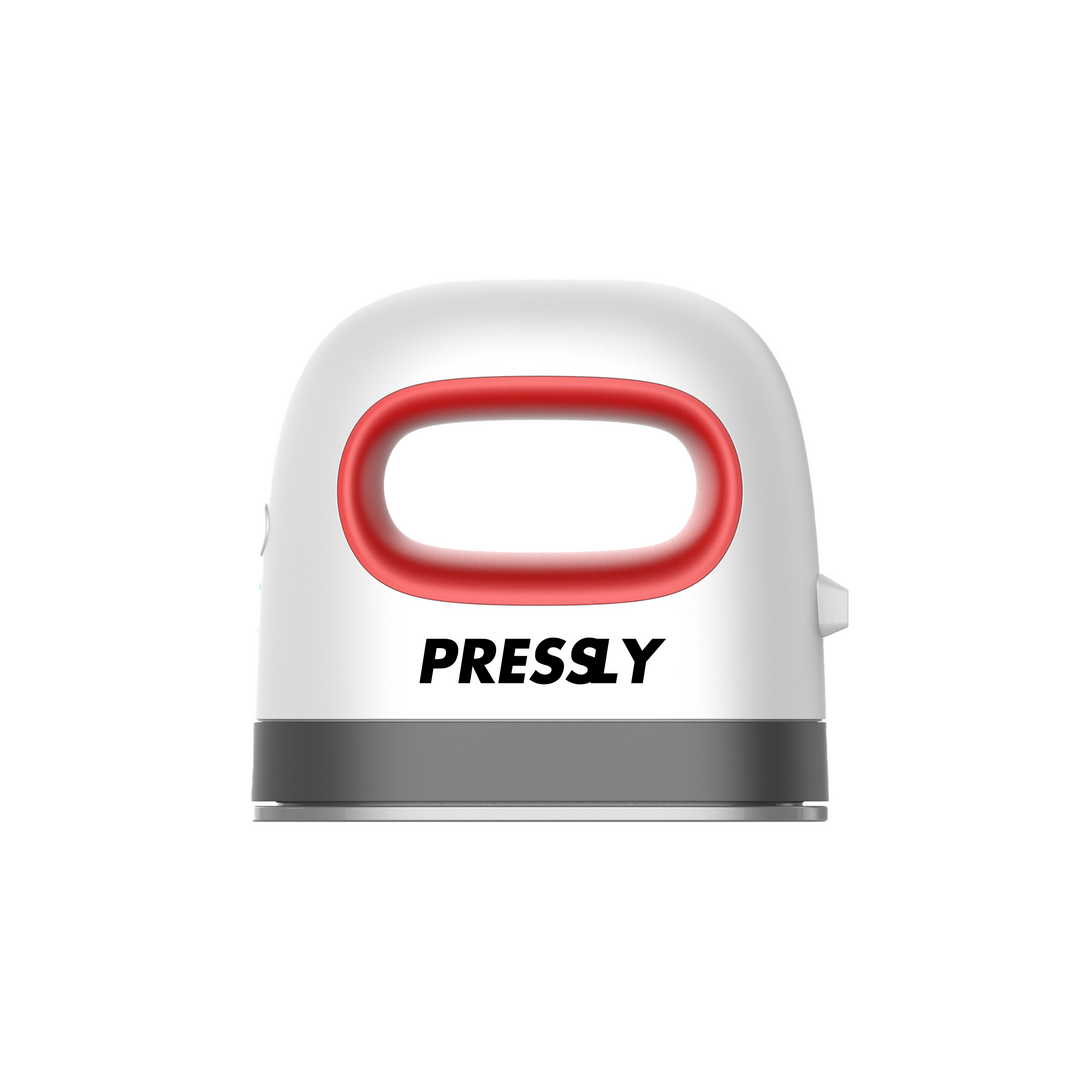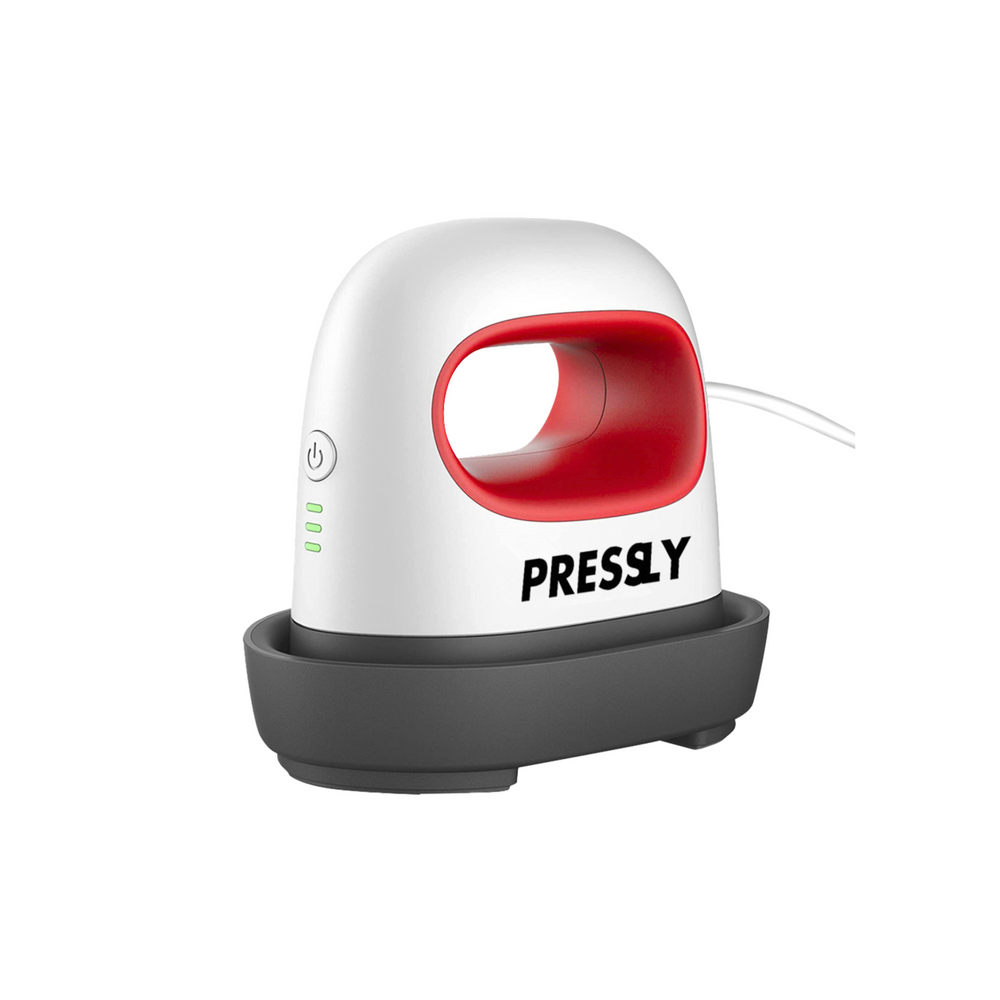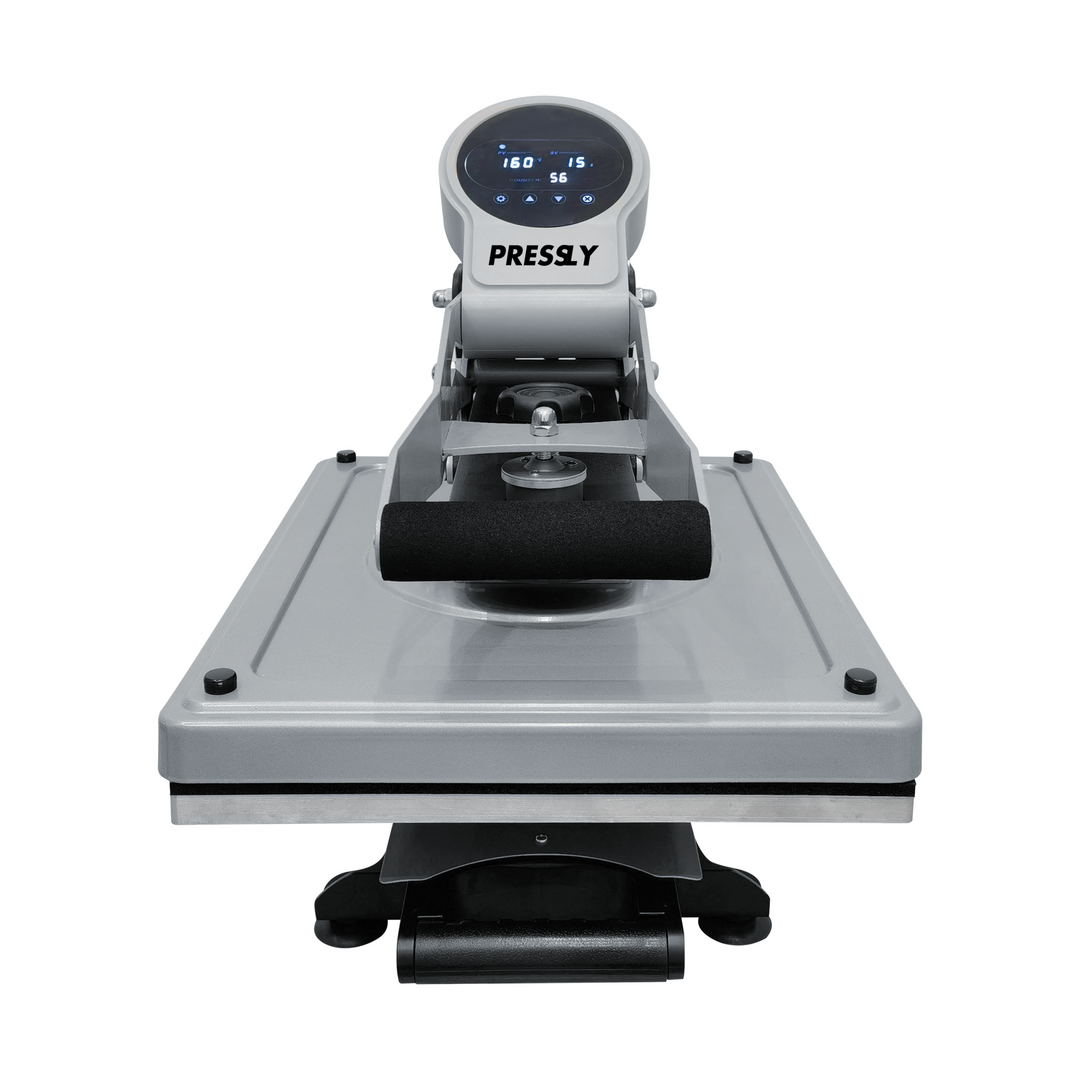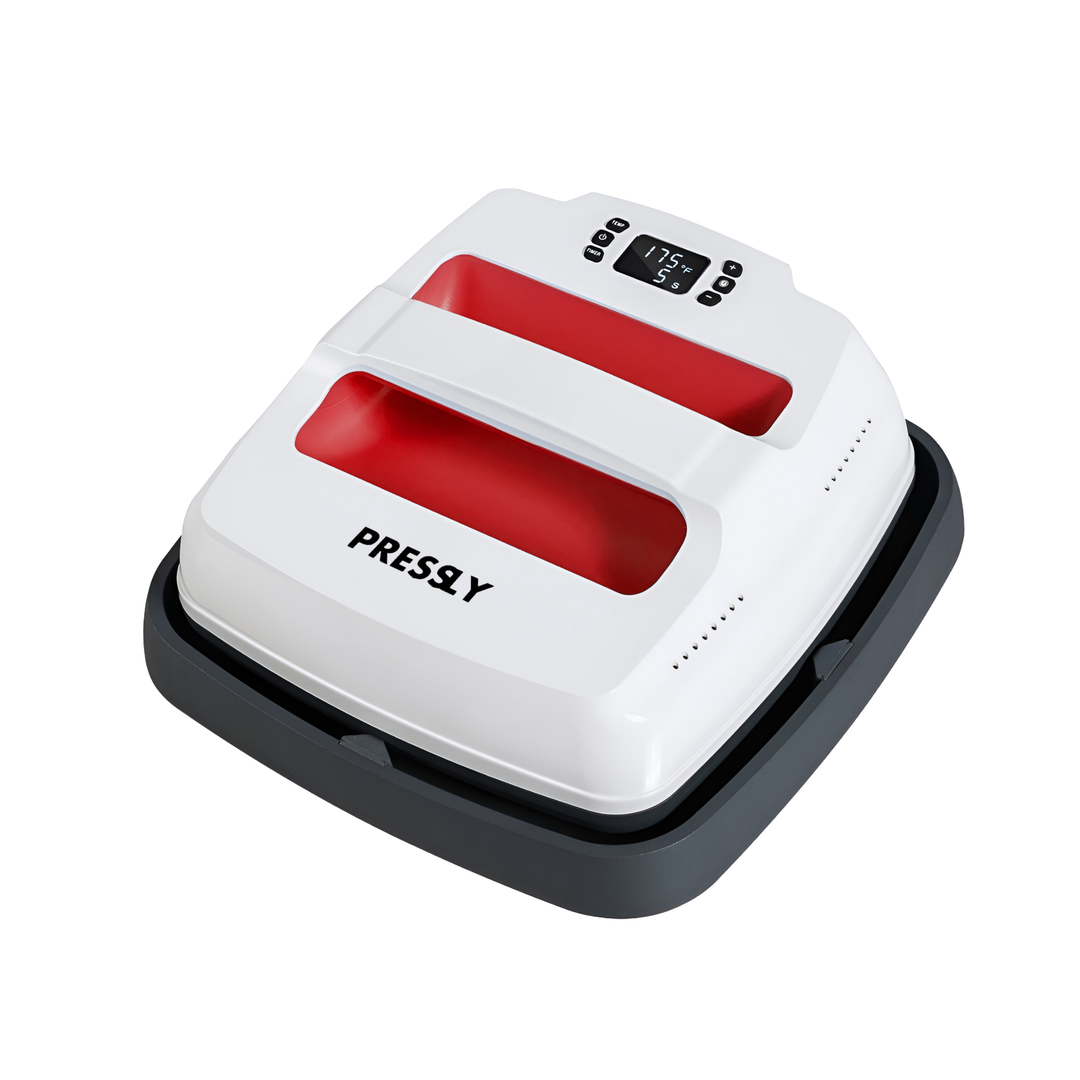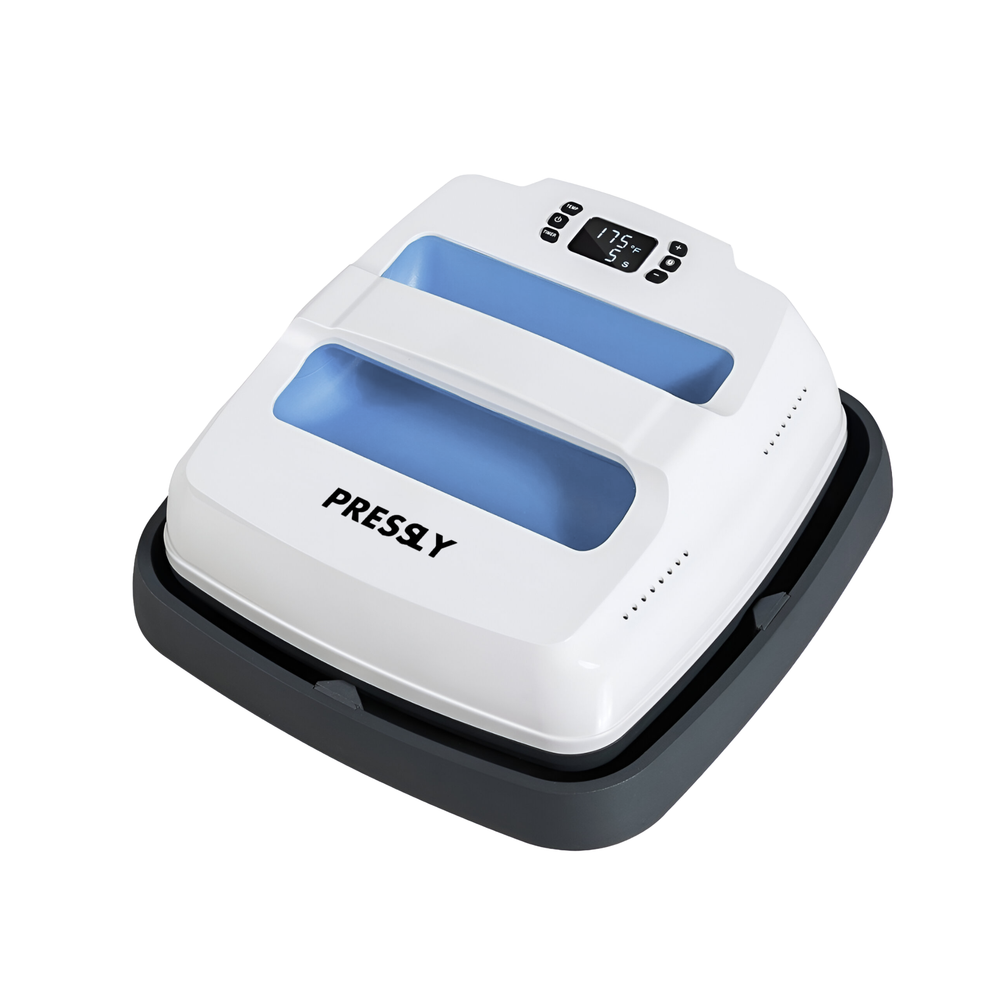📌 What is the Ideal Temp for DTF Transfers?
The temp for DTF transfers is crucial for achieving high-quality prints. The temperature setting ensures that the design adheres perfectly to the fabric without damaging it. The correct temperature will help your prints last longer and look vibrant.
The process involves applying heat to a DTF transfer film using a heat press. This heat activates the adhesive on the film, allowing the design to bond to the fabric. If the temperature is too high or too low, the print may not adhere well.
⚙️ What Temperature is Best for DTF Transfers?
The best temp for DTF transfers typically ranges between 320°F (160°C) and 330°F (165°C). This temperature range is ideal for most fabrics, including cotton, polyester, and blends. It ensures that the design adheres firmly to the fabric without damaging the material.
For a more durable print, press the transfer for 10-15 seconds at the recommended temperature. If your heat press has adjustable pressure, make sure it is set to medium pressure. Too much pressure can cause the print to smudge or distort.
✅ Why is the Right Temp Important for DTF Transfers?
Getting the temp for DTF transfers right is essential for several reasons:
-
Adhesion: Correct temperature ensures that the design bonds properly to the fabric.
-
Print Quality: High-quality prints are only possible if the temperature is just right.
-
Durability: The right heat setting guarantees that the print lasts longer without fading or peeling.
-
Fabric Protection: Too much heat can damage sensitive fabrics. The correct temperature protects the material.
📍 Tips for Setting the Right Temperature
Here are some tips to ensure the perfect temp for DTF transfers:
-
Use a Heat Press: A heat press provides more consistent heat than an iron, which helps in achieving even pressure.
-
Preheat Your Press: Always preheat your heat press before applying the transfer. This ensures that the heat is evenly distributed.
-
Check Fabric Type: Different fabrics may require slight adjustments in temperature. For example, polyester may require a slightly lower temperature than cotton.
-
Test on Scrap Material: Before printing on your final product, test the settings on a scrap piece of fabric to ensure optimal results.
-
Follow Manufacturer Instructions: Always follow the guidelines provided by your transfer film manufacturer. They may recommend a specific temperature for best results.
🧵 What Fabrics Work Best with DTF Transfers?
The temp for DTF transfer is effective for a wide range of fabrics, including:
-
Cotton: Cotton works well with DTF transfers, and the recommended temperature is ideal for achieving a smooth, vibrant print.
-
Polyester: Polyester can withstand the heat needed for DTF printing. However, be sure to test the settings on a scrap piece to avoid damage.
-
Blends: Fabric blends like cotton-polyester also respond well to DTF transfers. Adjust the pressure and temperature accordingly to ensure the best results.
-
Non-Woven Materials: Non-woven materials like tote bags and certain types of polyester blends work great with DTF, as long as the temperature is carefully controlled.
For best results, always test the heat settings before transferring your design onto your main product.
🛍️ How to Achieve Perfect DTF Transfers Every Time
To achieve the best temp for DTF transfer, here’s a step-by-step guide:
-
Prepare the Design: Ensure your design is properly printed onto the transfer film. Double-check for any flaws or mistakes.
-
Set the Heat Press: Set the heat press to the recommended temperature of 320°F (160°C) to 330°F (165°C). Adjust the pressure to medium.
-
Preheat the Fabric: Pre-press the fabric for a few seconds to remove moisture and wrinkles. This helps the transfer adhere better.
-
Apply the Transfer: Place the transfer film on the fabric, making sure it’s centered.
-
Press the Transfer: Press the heat press for 10-15 seconds. After pressing, allow the fabric to cool before peeling off the transfer film.
-
Final Touch: For added durability, you can press the design again for a few seconds after peeling the transfer film. This will ensure that the print is properly bonded to the fabric.
📚 Learn More About DTF Printing
For more in-depth information about DTF transfers, check out the Wikipedia page on Direct to Film Printing. This page covers the process, equipment, and advantages of DTF printing.
⚡ Why Choose DTF for Transfers?
DTF transfers offer several advantages over other printing methods, such as:
-
Versatility: DTF transfers work on a wide range of fabrics and materials, including hard-to-print surfaces.
-
Vibrant Prints: DTF printing produces vibrant, high-quality designs that last longer than many other printing methods.
-
Cost-Effective: Compared to other techniques like screen printing, DTF transfers are more affordable and require less setup time.








